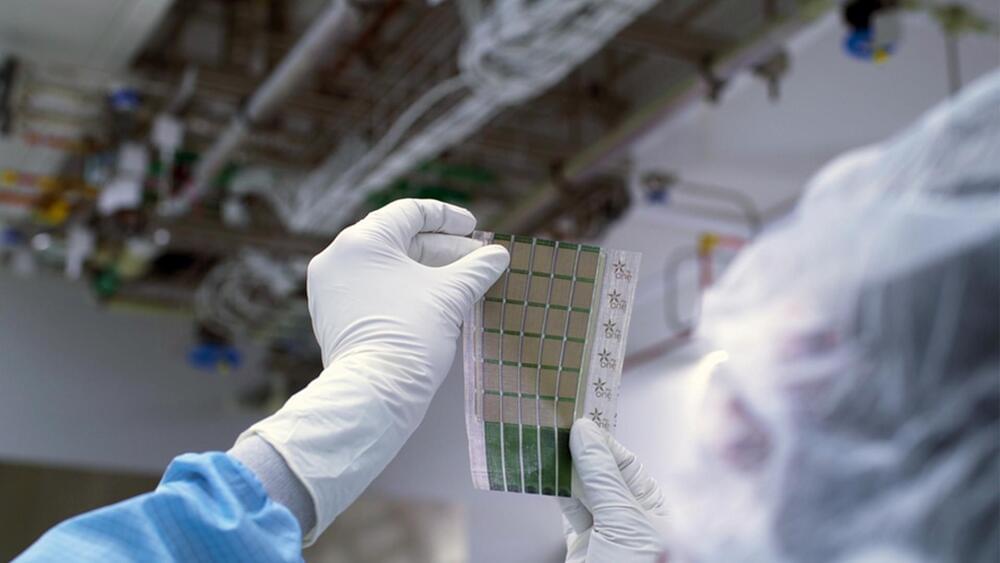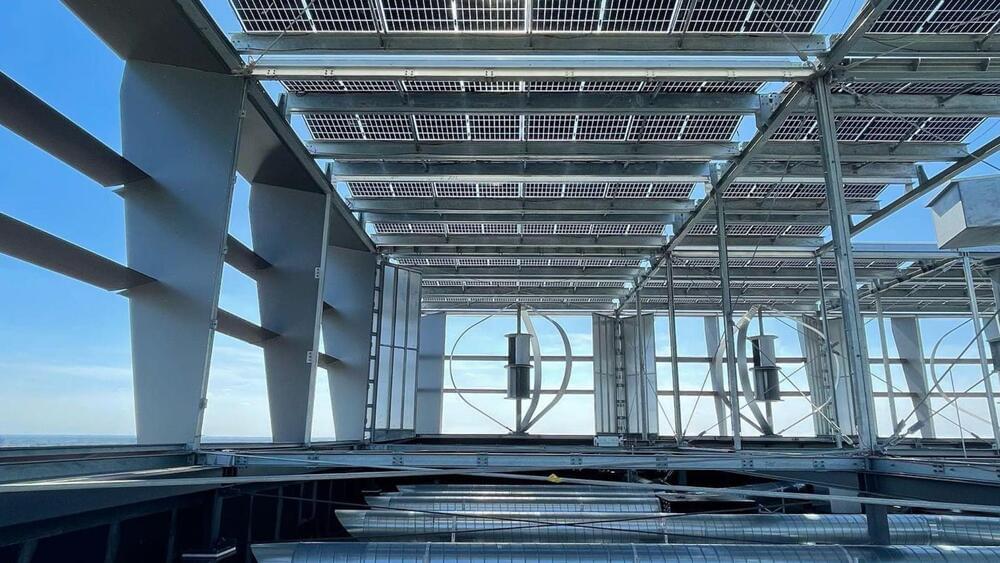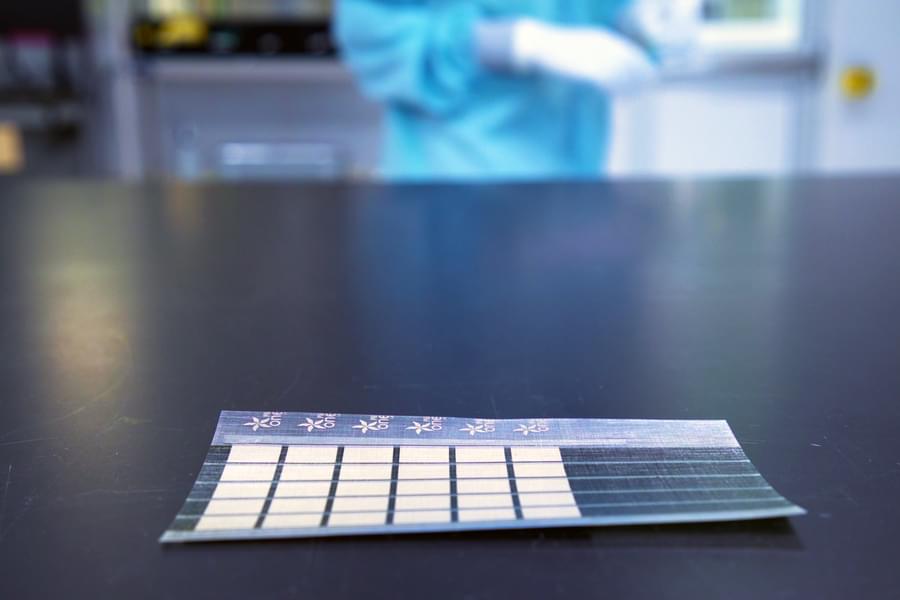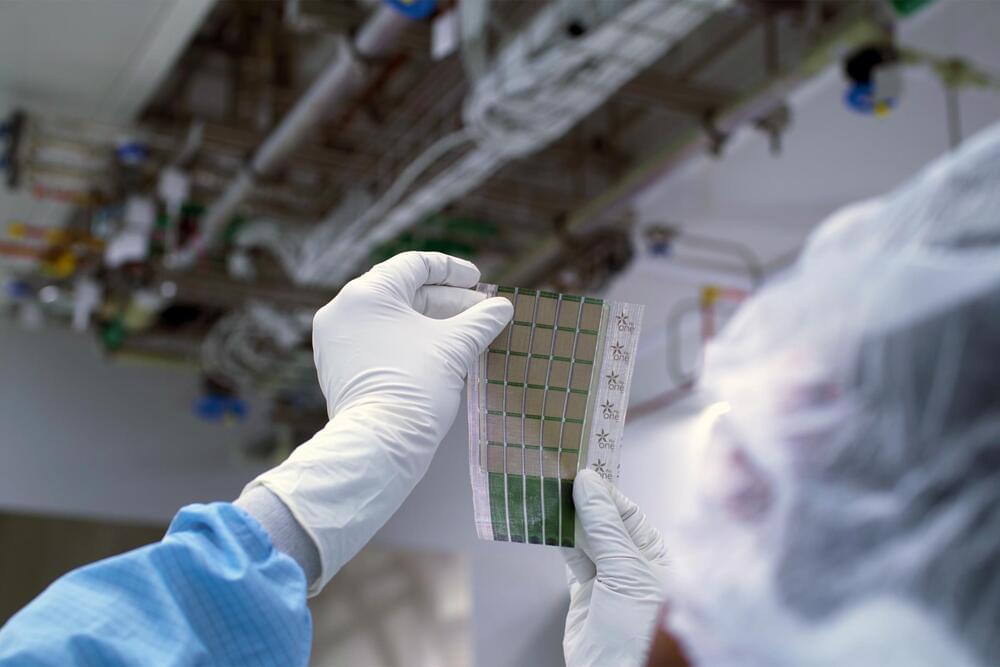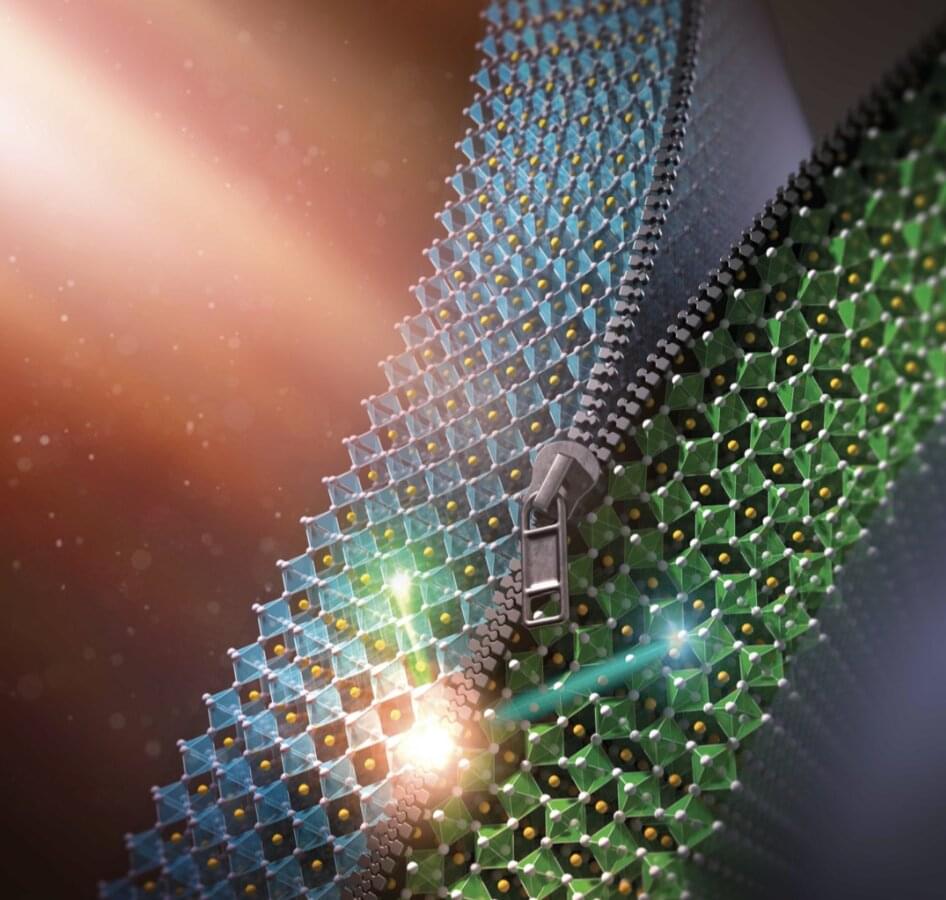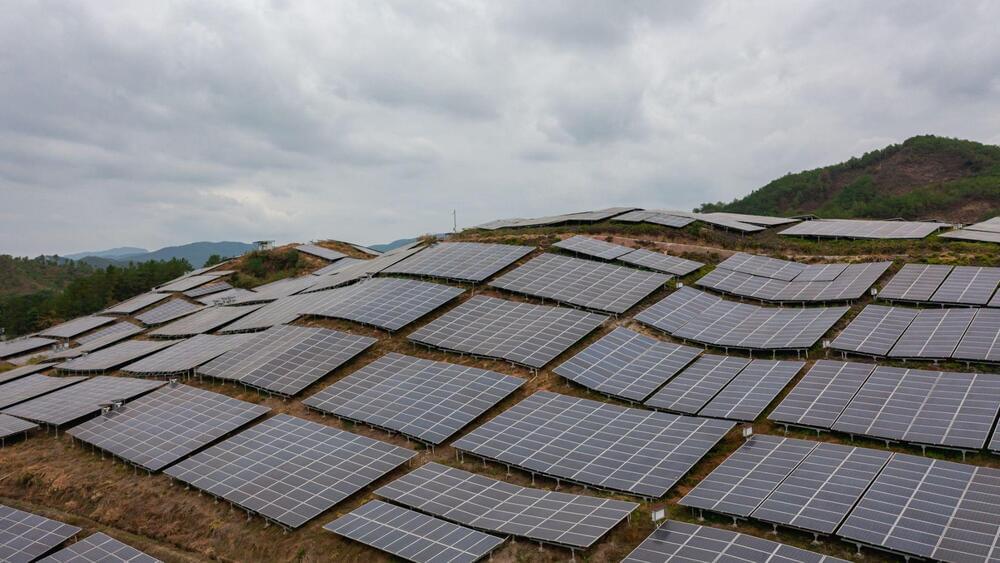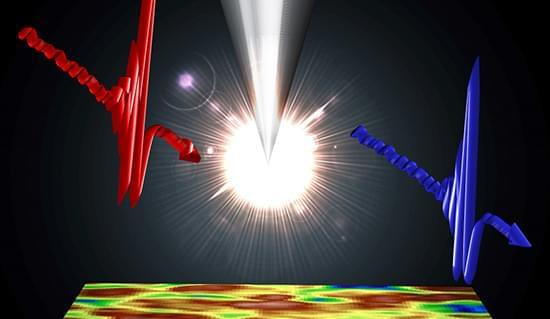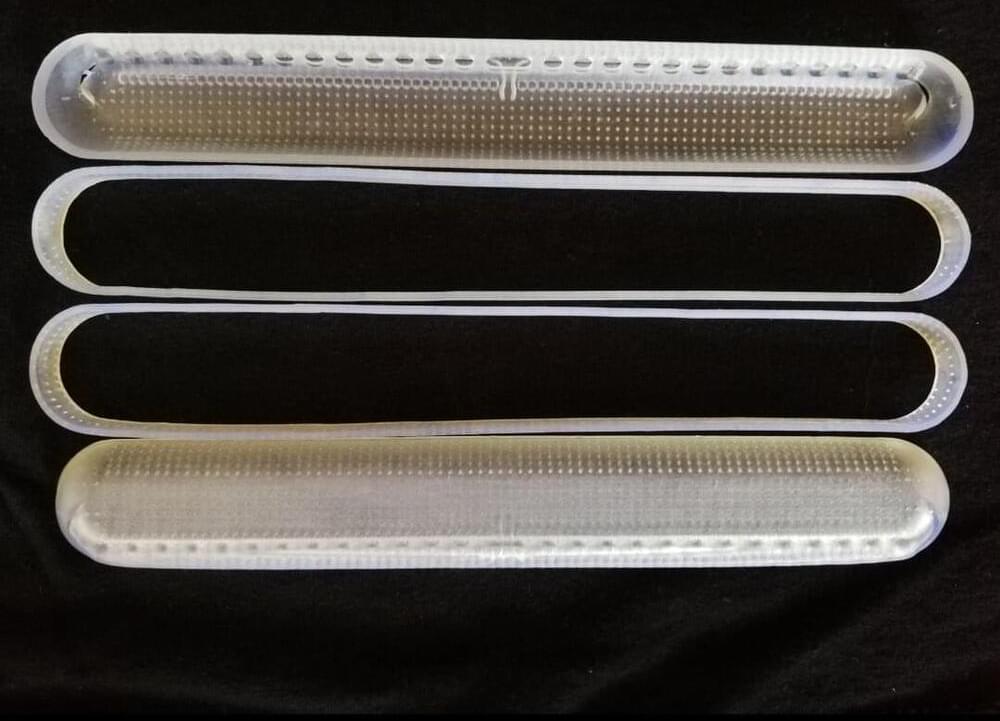Dec 12, 2022
Video: MIT engineers develop paper-thin solar cells that can power any surface
Posted by Gemechu Taye in categories: solar power, sustainability
The ultralight solar cells are made of semiconducting inks using printing processes that can be scaled in the future to large-area manufacturing.
A group of engineers at MIT have developed a rather interesting solution to be deployed in remote locations or for assistance in emergencies: solar cells made of ultralight fabric that can turn any surface into a power source.
Continue reading “Video: MIT engineers develop paper-thin solar cells that can power any surface” »
